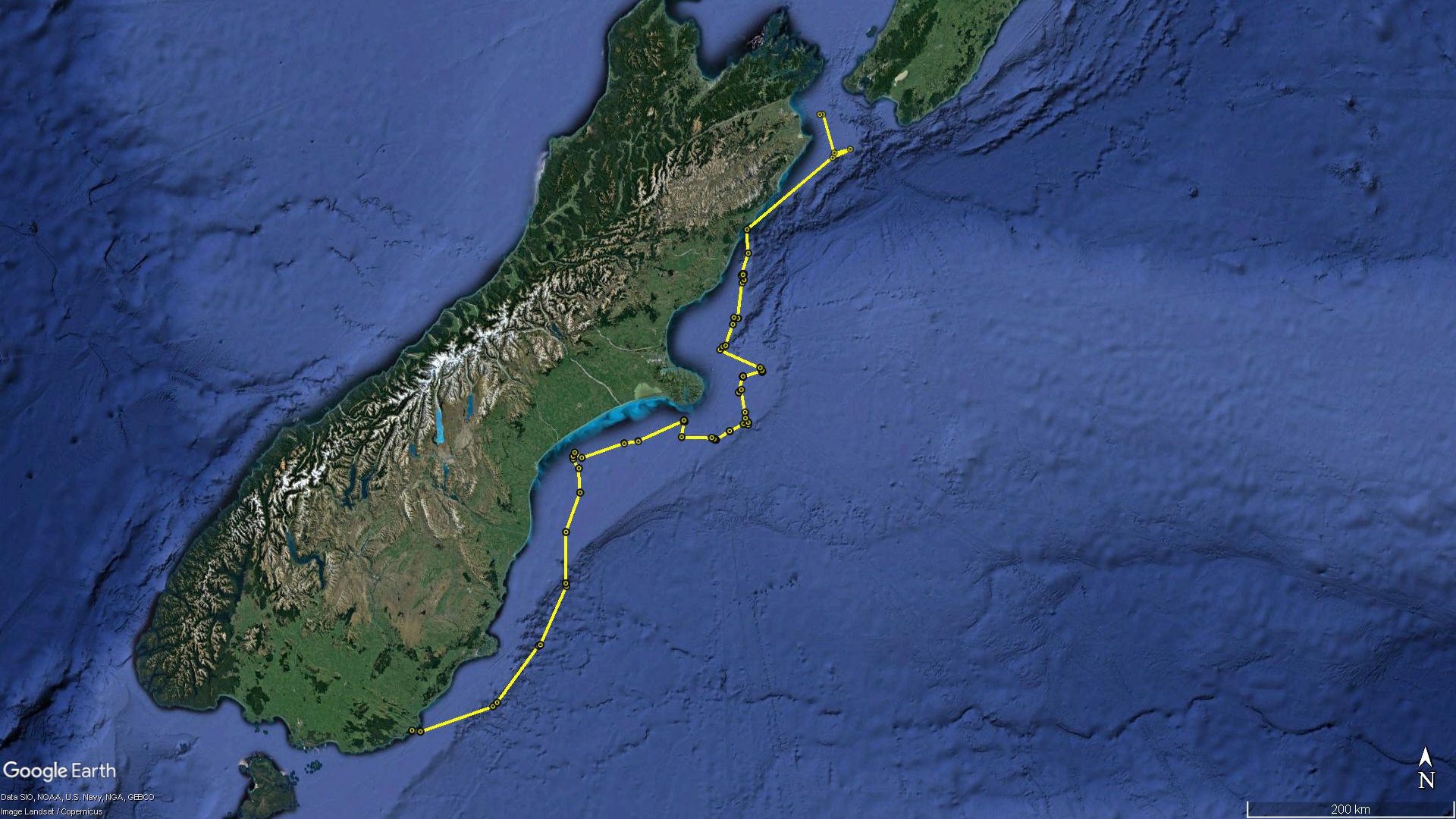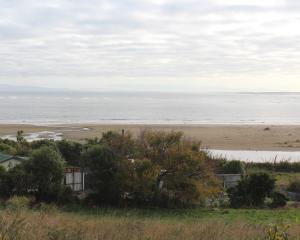
Takaraha, a juvenile bird that has been tracked covering more than 950km in a first-ever University of Otago study since fledging in the Catlins, has not updated its position since 11am on Sunday.
Zoology PhD candidate Mel Young said yesterday the bird from Penguin Bay, south of Owaka, could be in the Marlborough region.
She said in her pilot study last year, there were gaps of between four and seven days in the data.
Someone at Cape Campbell lighthouse was sent out looking to see if Takaraha was ashore on the headland.
"It could be that the bird is under vegetative cover, or has pulled the device off, or nature has taken its course,'' Miss Young said.
"It is also possible that there have not been enough satellites overhead to get a transmission.''
She could not immediately be reached for comment today.
Takahara was one of 23 juvenile yellow-eyed penguins, or hoiho, fitted with a satellite tracker to understand penguin behaviour in their first few months at sea.
But it was the only bird in the study to have followed a course up the coast north towards Cook Strait.
Only 20% of birds survive their first year and last week three transmitters had stopped sending signals.

Last week, Miss Young called for sightings of birds with transmitters to be reported to the University of Otago or the Department of Conservation, but said the birds should not be approached.
Takaraha's transmitter was paid for by the South Otago branch of Forest & Bird.
Last week branch chairman Roy Johnstone said there were not only natural hazards, but "fishing hazards" along the South Island's east coast.
University of Otago's Thomas Mattern late last year predicted that the birds were headed for extinction on mainland New Zealand. Some 250 breeding pairs exist on the southeast coast.













